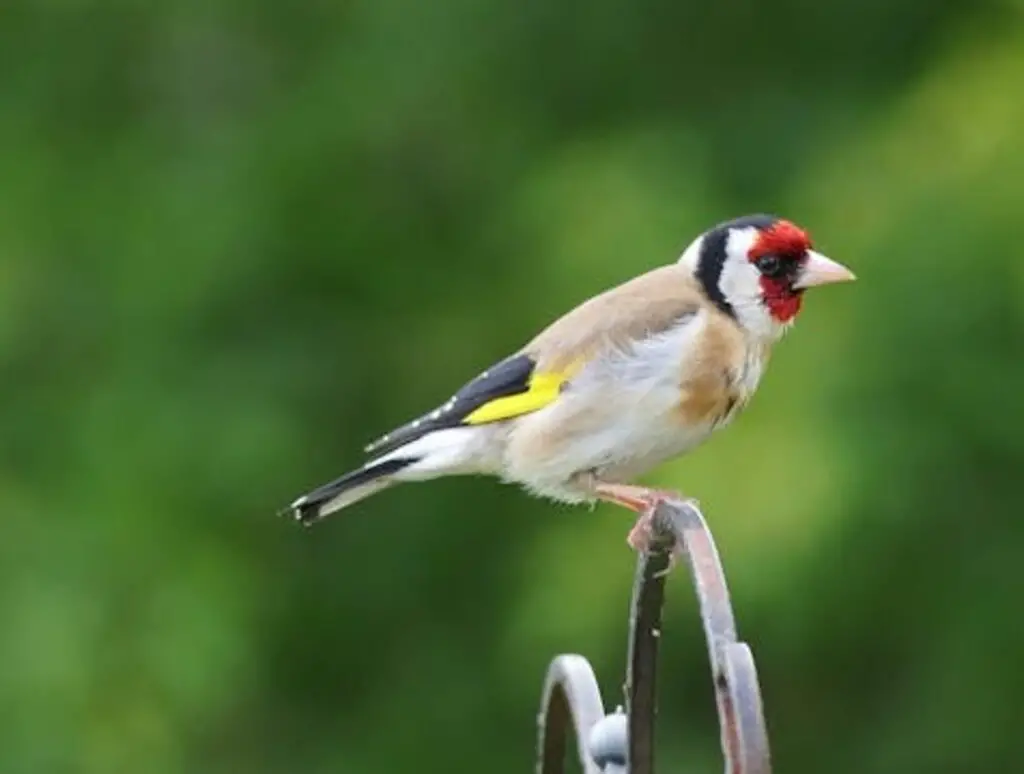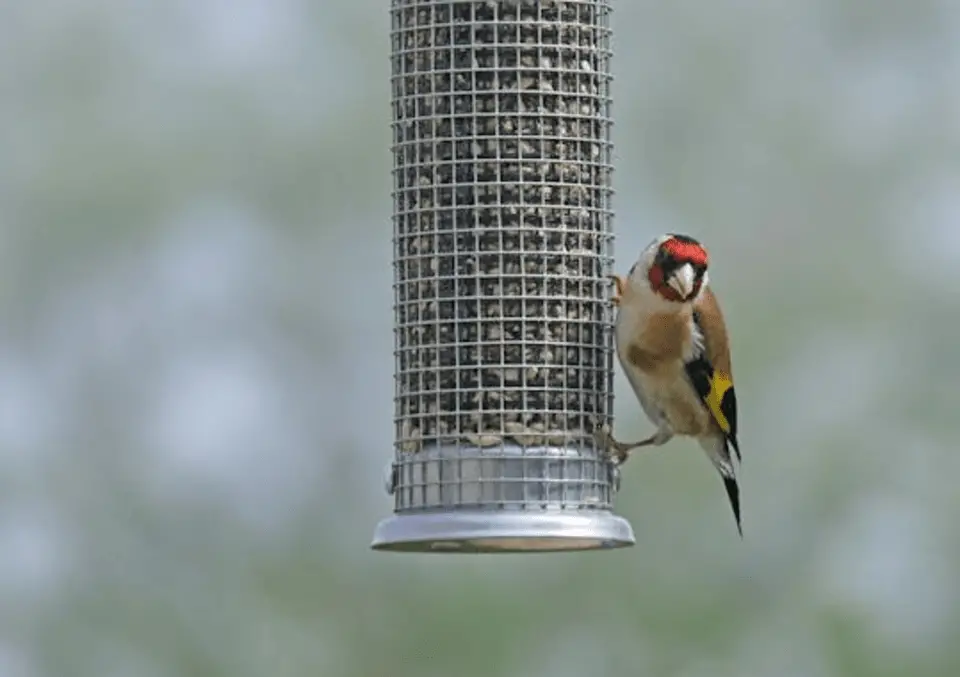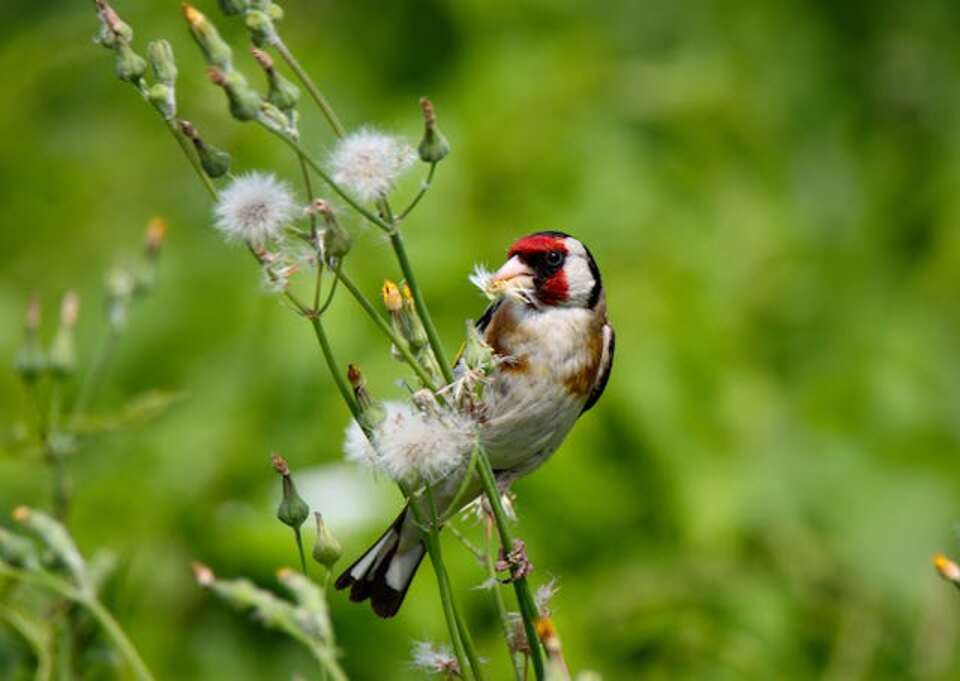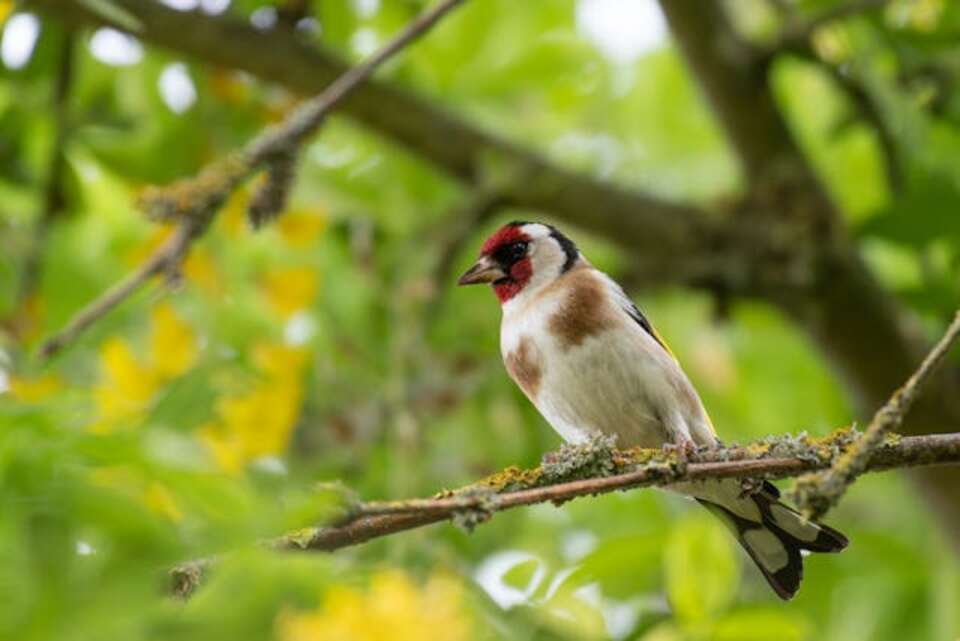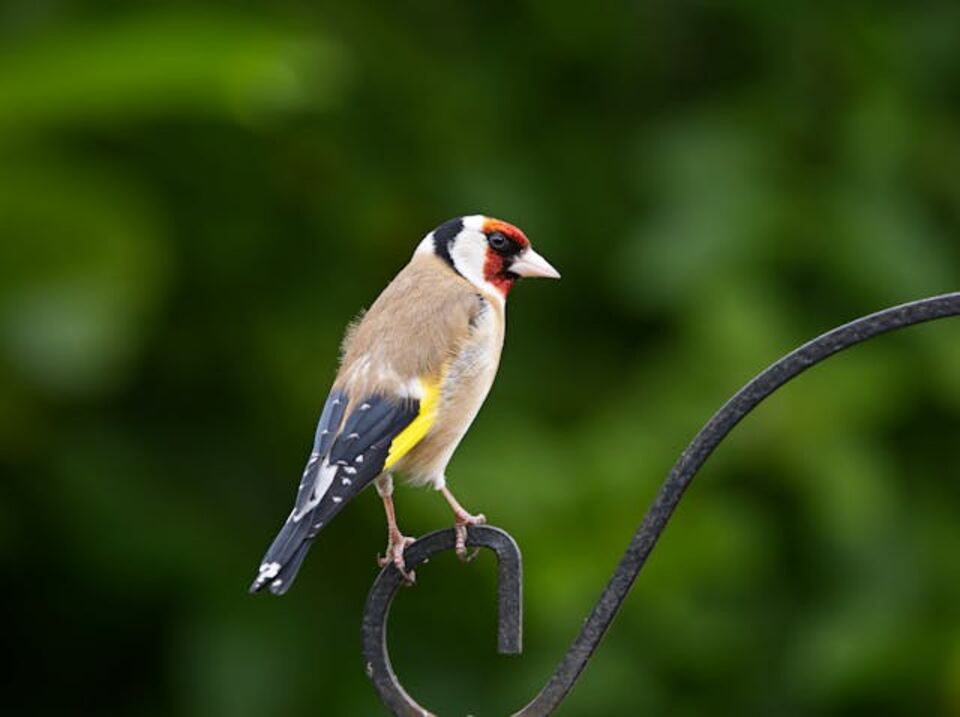With its bright red face, golden wing bars, and cheerful song, the European Goldfinch is one of the most eye-catching and charming songbirds in the world. Whether you’ve spotted one flitting through wildflower meadows or visiting your backyard feeder, this little bird is sure to leave an impression.
But did you know that the European Goldfinch has symbolic meanings, unique migration patterns, and fascinating feeding habits? Let’s dive into everything that makes this vibrant bird so special!
Click the Play button below to listen to our podcast:
Table of Contents
- 1 Quick Facts About the European Goldfinch
- 2 How to Identify the European Goldfinch
- 3 Where to Find European Goldfinches
- 4 Diet: What Do European Goldfinches Eat?
- 5 Behavior and Social Life
- 6 Cultural and Historical Significance
- 7 FAQs About the European Goldfinch
- 8 Test Your Knowledge: Quiz on European Goldfinches
- 9 Conclusion
- 10 Author
Quick Facts About the European Goldfinch
- Scientific Name: Carduelis carduelis
- Size: 12-13 cm (4.7-5.1 inches)
- Wingspan: 21-25 cm (8.3-9.8 inches)
- Lifespan: 8-10 years in the wild
- Diet: Seeds from thistles, teasels, dandelions, and sometimes insects
- Habitat: Open woodlands, gardens, farmland, and urban areas
- Conservation Status: Least Concern (Source: IUCN Red List)
How to Identify the European Goldfinch
The European Goldfinch is a visual treat. Its unmistakable features make it relatively easy to spot:
- Head: Bright red face framed by white cheeks and a black nape.
- Body: Golden-brown plumage transitioning to creamy underparts.
- Wings: Bold black with vibrant yellow bars, particularly striking in flight.
- Tail: Black with small white spots.
- Call: A sweet, tinkling song often interwoven with rapid, high-pitched notes.
Pro Tip
Listen for their song before you spot them. The European Goldfinch’s call is often described as joyful and can be heard year-round.
Where to Find European Goldfinches
European Goldfinches are native to Europe, North Africa, and Western Asia, but they’ve also been introduced to other regions like Australia and New Zealand. They prefer:
- Rural Areas: Hedgerows, meadows, and farmlands with seed-rich plants.
- Urban Gardens: Especially those with bird feeders or flowering plants.
- Woodlands: Open woodlands with low shrubs.
To attract these birds to your garden, try planting native, seed-bearing flowers like teasels or thistles. eBird offers great tips on creating bird-friendly gardens.
Diet: What Do European Goldfinches Eat?
Primarily granivores, European Goldfinches love seeds, particularly those from:
- Thistles
- Dandelions
- Sunflowers
- Nyjer (Guizotia abyssinica) seeds
During the breeding season, they supplement their diet with small insects like aphids to meet their chicks’ protein needs.
To invite them to your garden, consider offering nyjer seeds in a hanging feeder. They’re lightweight and perfect for the Goldfinch’s small bill.
Behavior and Social Life
European Goldfinches are as sociable as they are beautiful. Outside the breeding season, they form flocks, or “charms,” which can contain up to 100 birds. Watching a charm of Goldfinches feeding on a thistle patch is a delight for any bird enthusiast.
Breeding Facts
- Season: April to August
- Nest Location: Trees, shrubs, or hedgerows, carefully camouflaged with moss and lichen.
- Eggs: 4-6 pale blue eggs with reddish-brown speckles.
- Fledging: Chicks leave the nest about 13-18 days after hatching.
Cultural and Historical Significance
The European Goldfinch has been celebrated in art and literature for centuries. Renaissance artists, such as Raphael, often depicted the Goldfinch in religious paintings, symbolizing hope and sacrifice. In Britain, these birds were once prized as cage birds for their song, but today, they’re best admired in the wild.
Fun Fact: The collective name for a group of Goldfinches, “charm,” reflects their cheerful appearance and behavior.
FAQs About the European Goldfinch
1. Are European Goldfinches endangered?
No, they are classified as “Least Concern” by the IUCN. However, habitat loss and pesticide use in agriculture have impacted their numbers in some areas.
2. Do European Goldfinches migrate?
Most populations are sedentary, but in colder regions, some Goldfinches migrate south to escape harsh winters.
3. What’s the best way to attract them to my garden?
Plant native seed-bearing flowers like teasels and dandelions, and provide nyjer seeds in a hanging feeder.
Test Your Knowledge: Quiz on European Goldfinches
1. What is the scientific name of the European Goldfinch?
a) Carduelis carduelis
b) Fringilla coelebs
c) Sturnus vulgaris
2. What type of seeds do European Goldfinches prefer?
a) Acorns
b) Thistle seeds
c) Wheat
3. What is a group of European Goldfinches called?
a) A flock
b) A charm
c) A chorus
4. Where do Goldfinches build their nests?
a) Underground burrows
b) Open fields
c) Trees and shrubs
Answers:
- a) Carduelis carduelis
- b) Thistle seeds
- b) A charm
- c) Trees and shrubs
Conclusion
The European Goldfinch is truly a gem in the avian world. Whether you’re marveling at their colorful plumage, listening to their enchanting song, or spotting them in your garden, these birds bring joy to any encounter. By planting the right flowers, setting up a feeder, or simply observing their natural habitat, you can create opportunities to appreciate these magnificent creatures.

